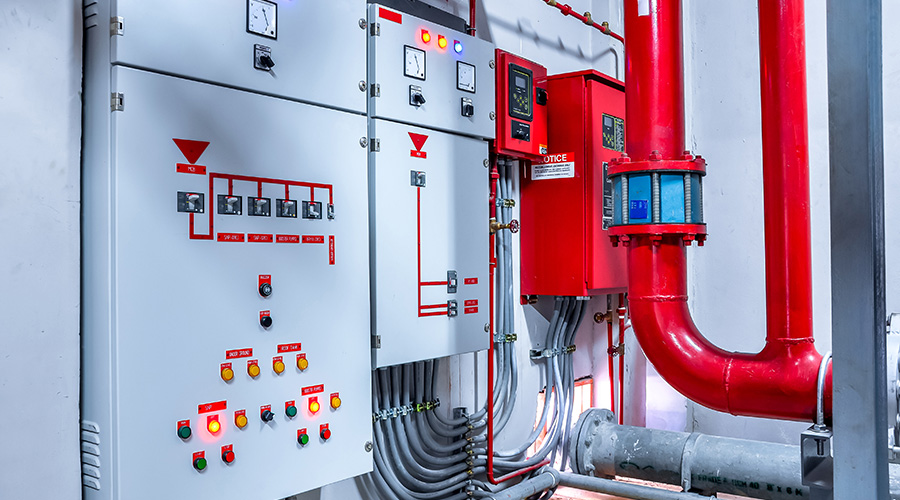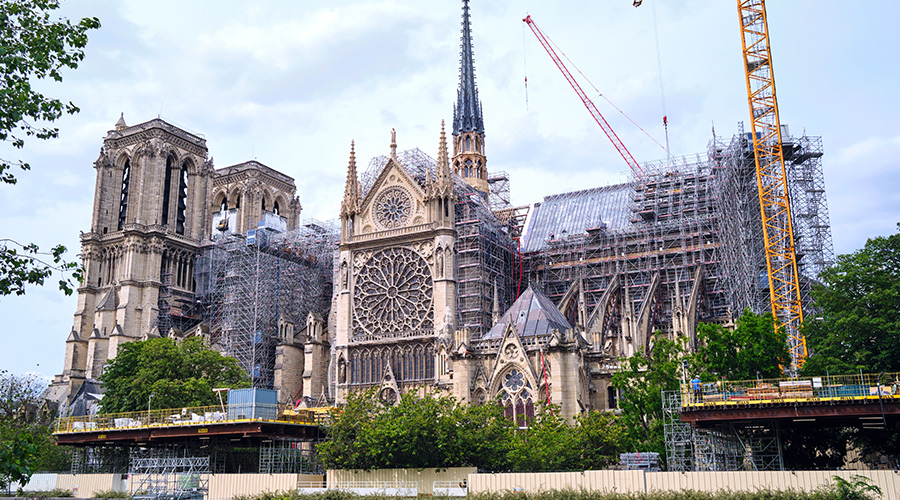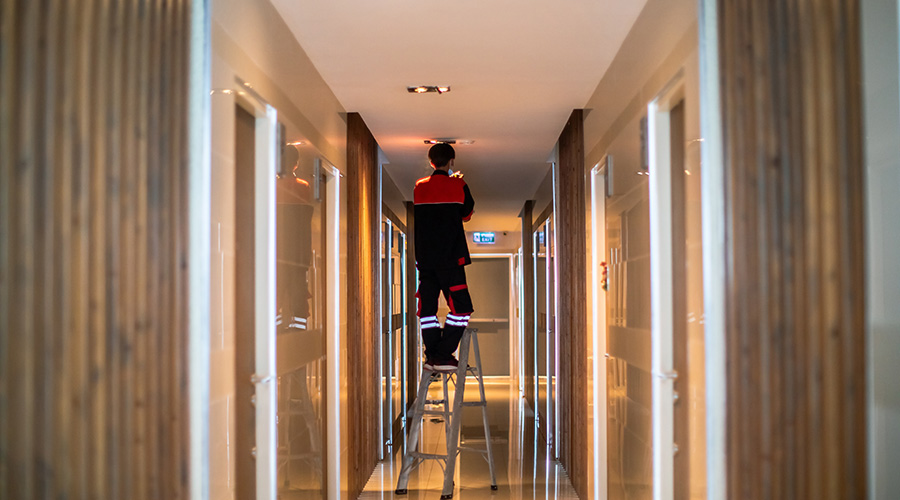Doors and Ceilings Crucial to Firestop Systems
Firestops in egress corridors and similar sections of facilities are especially critical. Properly installed passive firestops, teamed with the firestop capabilities of appropriately fire-rated doors, will confine fire and smoke locally and extend evacuation time.
The first place technicians should look when conducting a firestop inspection is around doors and walls at the ends of hallways. Every hallway also should have fire doors that section it off and prevent fire from spreading up a stairway or to other parts of the building.
Inspectors also should check the metal hinge plate on doors to see whether a plate with the fire rating for the door and frame system has been riveted on. The plate will have information on the door’s fire rating, and technicians should verify this rating complies with the local fire code.
Fire-rated doors are designed to isolate an area and must stay closed to do so, but they cannot do the job if other firestops are not installed. So technicians should look at ceilings above doors to make sure wall and ceiling joints are in place.
If something has compromised the integrity of the joints, they need to ensure the integrity is restored with the proper materials. If technicians are not sure if the proper firestopping material is in place, managers should schedule a visit by someone with thorough knowledge of fire codes and firestops.
Areas above ceiling tiles often contain wires, pipes and conduits, so inspectors should look above the tiles to determine where these components penetrate walls and ceilings in an effort to make sure the proper firestops are installed. Failure to have firestops in these locations defeats the purpose of fire doors in hallways.
Related Topics:
















